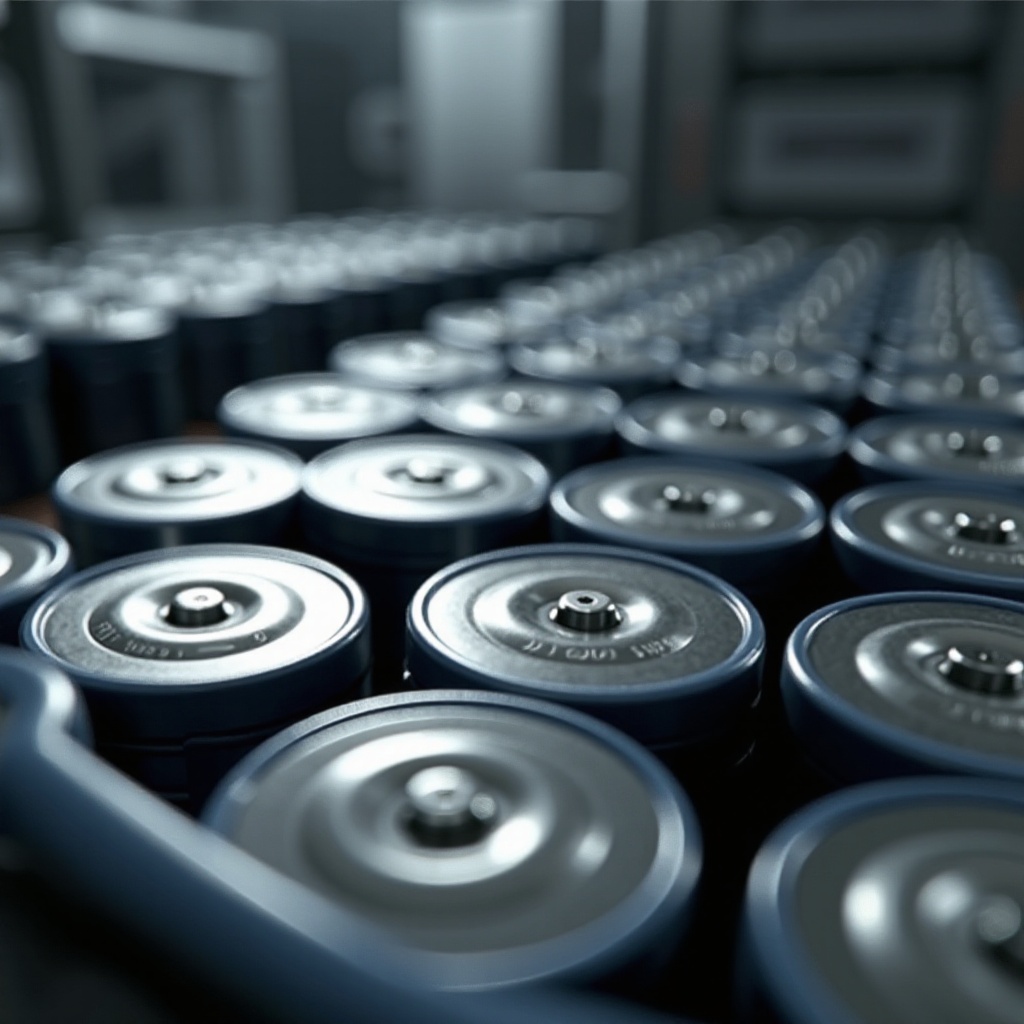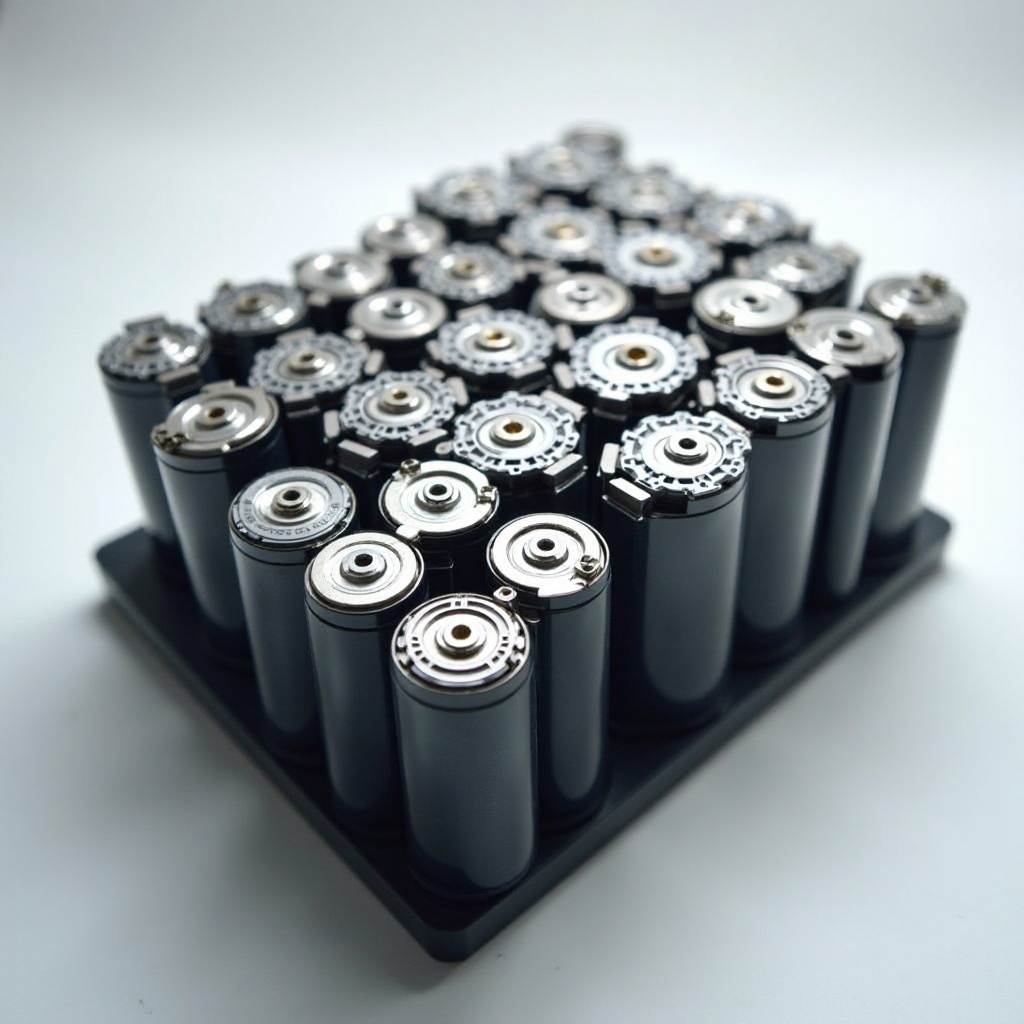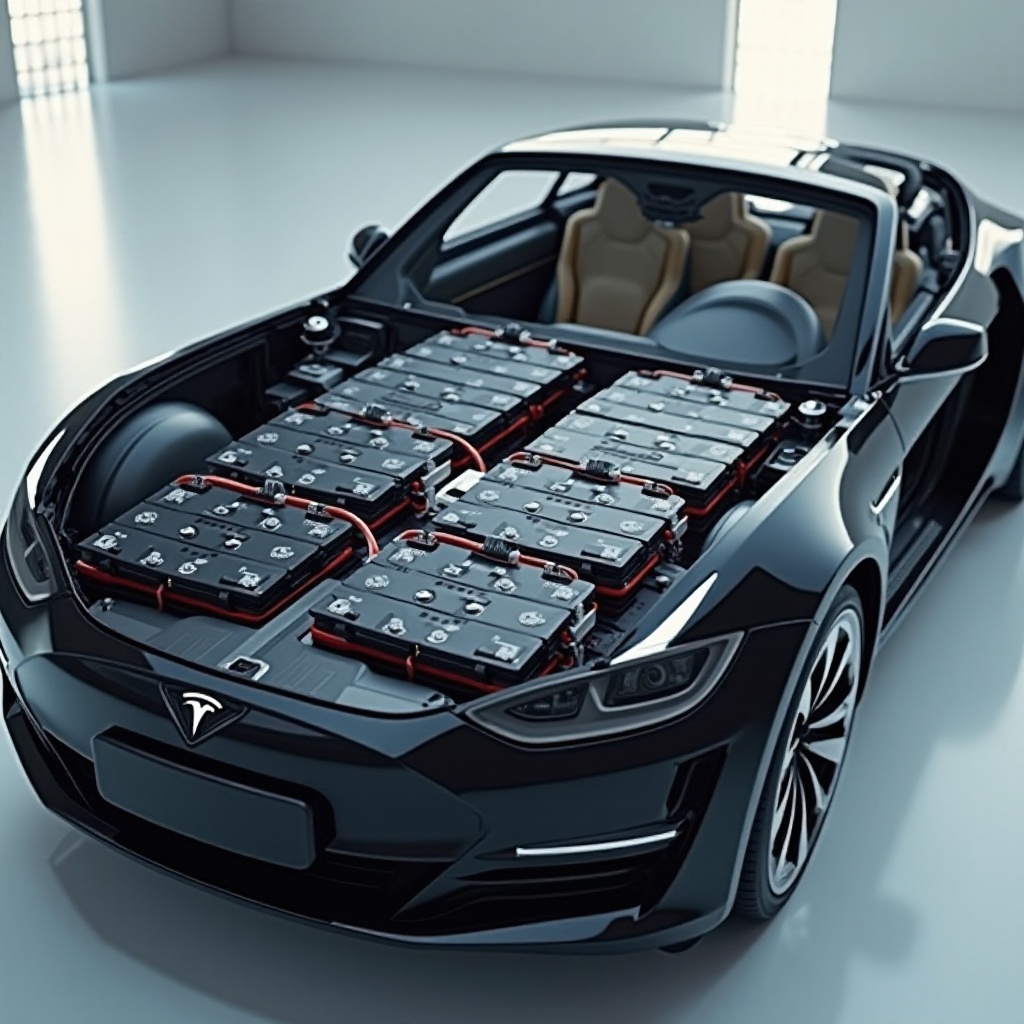Introduction
Tesla revolutionized the electric vehicle industry with its cutting-edge technology, innovative design, and a strong focus on battery performance. One crucial component that ensures the exceptional performance of these vehicles is the battery cell. Understanding how many battery cells are in a Tesla can help you grasp the complexity and engineering prowess of these electric vehicles. In this blog, we will explore the battery cell count in different Tesla models, the evolution of Tesla’s battery technology, and how the number of battery cells affects vehicle performance.

Understanding Tesla Battery Cells
Battery cells lay at the heart of Tesla’s electric vehicles. Consider each battery cell as a tiny powerhouse, collectively propelling the car. Tesla primarily uses lithium-ion battery cells that offer high energy density, long cycle life, and superior performance. The cells are packed into larger modules, which are then combined to form a complete battery pack.
Tesla’s cells have evolved over time, starting with the 18650 cells and later progressing to the 2170 cells used in newer models. These advancements have significantly improved energy density, charging speed, and overall efficiency. Additionally, the innovative 4680 cell announced recently promises even greater performance enhancements, pushing the boundaries of electric vehicle technology further.

Breakdown by Tesla Models
Model S and Model X
The Model S and Model X are Tesla’s premium vehicles, known for their luxury and high performance. These models predominantly use the 18650 cells. The Model S contains about 7,104 battery cells, arranged in 16 modules with each module housing 444 cells. Similarly, the Model X also features thousands of these cells, contributing to its impressive range and performance.
Model 3 and Model Y
The Model 3 and Model Y, Tesla’s more affordable offerings, utilize the newer 2170 battery cells. The Model 3 Long Range version uses approximately 4,416 of these cells organized into four modules. The Model Y, sharing many components with the Model 3, also has a similar battery pack arrangement with slight variations depending on the specific model and its intended range.
Future Models
Future Tesla models are expected to incorporate the 4680 cell technology, which Tesla claims will bring substantial improvements in range, efficiency, and cost. Although specific details about the exact number of cells per vehicle are not yet fully disclosed, these models will likely feature fewer but more powerful cells compared to current designs. This evolution signifies a major step forward in Tesla’s mission to create more efficient and affordable electric cars.

Evolution of Tesla’s Battery Technology
Tesla’s battery technology has come a long way since the early days. The first-generation cells, 18650, were used in the original Roadster and later in Model S and Model X. These cylindrical cells offered solid performance but had limitations in energy density and thermal management.
To address these issues, Tesla moved to the 2170 cells with the release of the Model 3. This new format provided better energy density and improved thermal management, resulting in longer range and faster charging times. The 2170 cells are larger and more efficient, enabling significant advancements in vehicle performance.
The next big leap is the introduction of the 4680 cell. This new cell design is not only larger but also incorporates several innovations such as a tabless electrode, which reduces internal resistance and enhances thermal performance. Additionally, the 4680 cells allow for a more straightforward manufacturing process, potentially lowering costs and increasing production scale. The development of Tesla’s battery technology demonstrates a relentless pursuit of innovation, aiming to create electric vehicles that are more efficient, affordable, and sustainable.
Impact of Battery Cell Count on Performance
The number of battery cells in a Tesla has a direct impact on its performance. More cells generally mean a higher capacity battery pack, leading to a longer driving range. For instance, the Model S, with over 7,000 cells, boasts one of the longest ranges among electric vehicles.
However, it’s not just about quantity. The type and arrangement of cells also play a crucial role. For example, the 2170 cells offer significantly better energy density than the older 18650 cells, meaning fewer cells can deliver comparable or even superior performance. Additionally, factors like thermal management and software optimizations are critical in ensuring that the battery performs efficiently and reliably.
In essence, while the cell count is an essential factor, it works in tandem with other technological advancements to deliver high performance, long range, and fast charging times.
Future Trends in Tesla Battery Development
Looking ahead, Tesla continues to push the envelope on battery technology. The introduction of the 4680 cells marks the next significant leap, promising improvements in energy density, cost efficiency, and manufacturing scale. These advancements are expected to pave the way for more affordable and efficient electric vehicles, making sustainable transportation more accessible.
Furthermore, Tesla is heavily investing in battery recycling technology and new battery chemistries, such as lithium iron phosphate (LFP), which could offer better safety and longevity at a lower cost. The company’s ongoing research and partnerships suggest continuous advancements in battery technology, positioning Tesla at the forefront of the electric vehicle revolution.
In the coming years, we can anticipate even more groundbreaking developments from Tesla, reinforcing its commitment to innovation and sustainability in the automotive industry.
Conclusion
Understanding the number of battery cells in a Tesla provides insight into the intricate engineering and innovation behind these electric vehicles. From the 18650 cells in the Model S and Model X to the 2170 cells in the Model 3 and Model Y, and the upcoming 4680 cells, each evolution represents a significant leap in performance, efficiency, and sustainability. As Tesla continues to innovate, we can expect even more exciting advancements in battery technology, pushing the boundaries of what electric vehicles can achieve.
Frequently Asked Questions
How does the number of battery cells affect the range of a Tesla?
The number of battery cells directly affects the overall capacity of the battery pack. A higher cell count typically translates to a longer driving range, as it can store more energy.
What is the difference between 18650, 2170, and 4680 cells?
The 18650, 2170, and 4680 cells differ in size and energy density. The 2170 cells are larger and more efficient than the 18650 cells, while the 4680 cells introduce innovations that further enhance performance and reduce costs.
Are there any upcoming advancements in Tesla’s battery technology?
Yes, Tesla is developing 4680 cells, which offer better energy density, reduced costs, and more straightforward manufacturing processes. The company is also exploring new chemistries and recycling technologies to enhance sustainability and performance.


